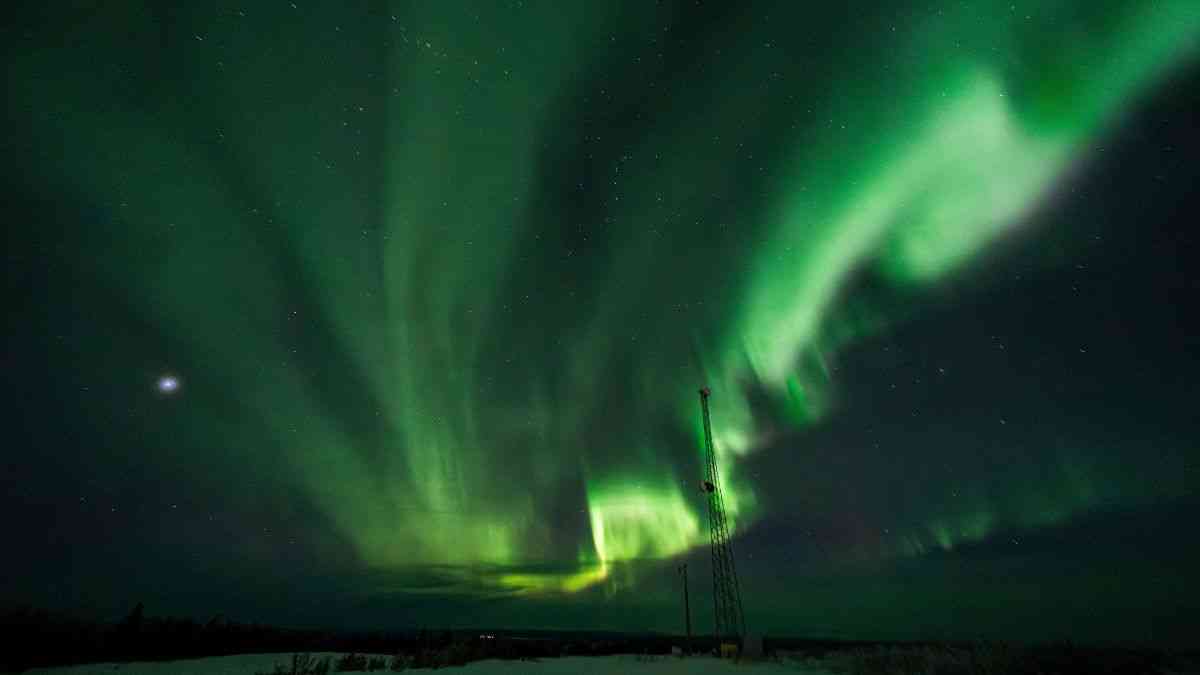Science
When a Goal Is Scored, the Fan’s Brain Goes Wild. That’s What Gets Us Hooked
23 November 2025

A recent study published in Science Advances reveals how humanity narrowly avoided catastrophe. 41,000 years ago, when our ancestors faced deadly radiation due to the weakening of Earth's magnetic field, they turned to a surprising solution. How did they manage to survive this planetary crisis?
The aurora borealis—or Northern Lights—is a magnificent phenomenon typically visible only near Earth’s poles. However, as researchers write in the Science Advances publication, our ancestors saw them across the entire planet, even at the equator, 41,000 years ago. This occurred as a result of the Laschamps Excursion, a powerful geomagnetic anomaly during which Earth’s magnetic field weakened by over 90 percent. There were no longer two stable poles; the field broke up into several weaker areas.
The consequence? Earth was exposed to significantly higher radiation levels than it is today. So, how did this cosmic anomaly change our planet and humanity?
The Northern Lights were only a visual sign of the phenomenon. The real impact came from the increased level of UV radiation. With a weakened magnetic field, much more harmful ultraviolet light reached the planet’s surface, drastically increasing the risk of sunburn, eye damage, and even birth defects. Consequently, how did the people of that era cope? Although archaeologists rarely find evidence of emotional reactions, they can assess the physiological consequences.
People sought refuge in caves, finding a natural shelter from the sun. They also began to produce and wear more fitted clothing that provided better protection. Perhaps most surprisingly, archaeologists found evidence suggesting a prehistoric “sunscreen.” Our ancestors applied ochre as a mineral pigment to protect their skin from the sun. “The number of these behaviors seems to increase in areas of Europe where the effects of the Laschamps event were clear and long-lasting,” comment study authors Raven Garvey, Agnit Mukhopadhyay, and Sanja Panovska in The Conversation.
Worth reading: Europe Shook to Its Core — Scientists Finally Know Why
The threat posed by a weakened magnetic field is not just a distant historical event. Scientists agree that similar disturbances have happened in the past, and they will certainly occur again in the future. Therefore, understanding how our ancestors handled such a challenge could be key to our species’ survival.
Some researchers suggest that humans hiding in caves due to the intense radiation is why we find so many cave paintings today. The proficiency with which Homo sapiens adapted to the Laschamps Excursion likely ensured our species survived while Neanderthals died out. The anomaly also affected the animal world; this increased radiation caused the extinction of the Australian megafauna.
Geophysicists, who work with massive datasets and models of atmosphere-space events, often lack contact with the practical side of the phenomena they study. “Archaeology adds a human dimension to the science,” they say. “It reminds us that the effects of space weather don’t end in the ionosphere. They can impact human life on Earth.” Conversely, archaeologists, often focused on climate, gain a new perspective, seeing how invisible cosmic forces influenced our ancestors’ behavior. Understanding the history of the magnetic field of Earth provides a critical link between the cosmos and human evolution.
Read this article in Polish: Ziemia straciła tarczę ochronną. Promieniowanie UV poza skalą
Science
23 November 2025



Zmień tryb na ciemny